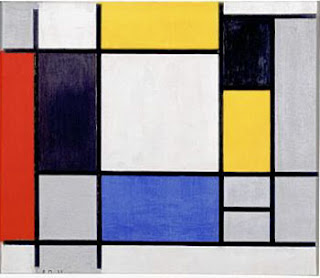Computer programming as art
Overview
In this workshop, you will learn to use the Python language and a simple graphic library to create artwork. Whether you want to draw something in particular, or explore the use of randomness, is up to you!
When, where?
June 13th 2015, 13:00 to 15:00. Teaching Lab 2, Goldberg Building, 6050 University Avenue. The workshop is now full, but you may let me know if you want to be contacted later with information for the next session.
Who will benefit from this workshop?
This is mainly intended for youth who want to try something else with mathematics. I don't want to set an age range, but to get the most out of the workshop, you should be capable of doing the following:
- Create folders and operate the basics of software interface (Open, save, use menus).
- Reading skills good enough for short, technical instructions.
- Type on a keyboard well enough that it won't slow you down.
- Understand how cartesian coordinates work (video)
- Understand the concept of variable as values. For example: if a=15, then a-20=-5
- Can focus on work for 90 minutes.
We will do a short activity on cartesian coordinates before we hit the computers to make sure that everyone is comfortable.
Parents: This is meant to be fun. However, it is important to respect these guidelines to ensure that your kid/teen gets something valuable out of the workshop. I strongly encourage parent participation so you are part of the learning process.





